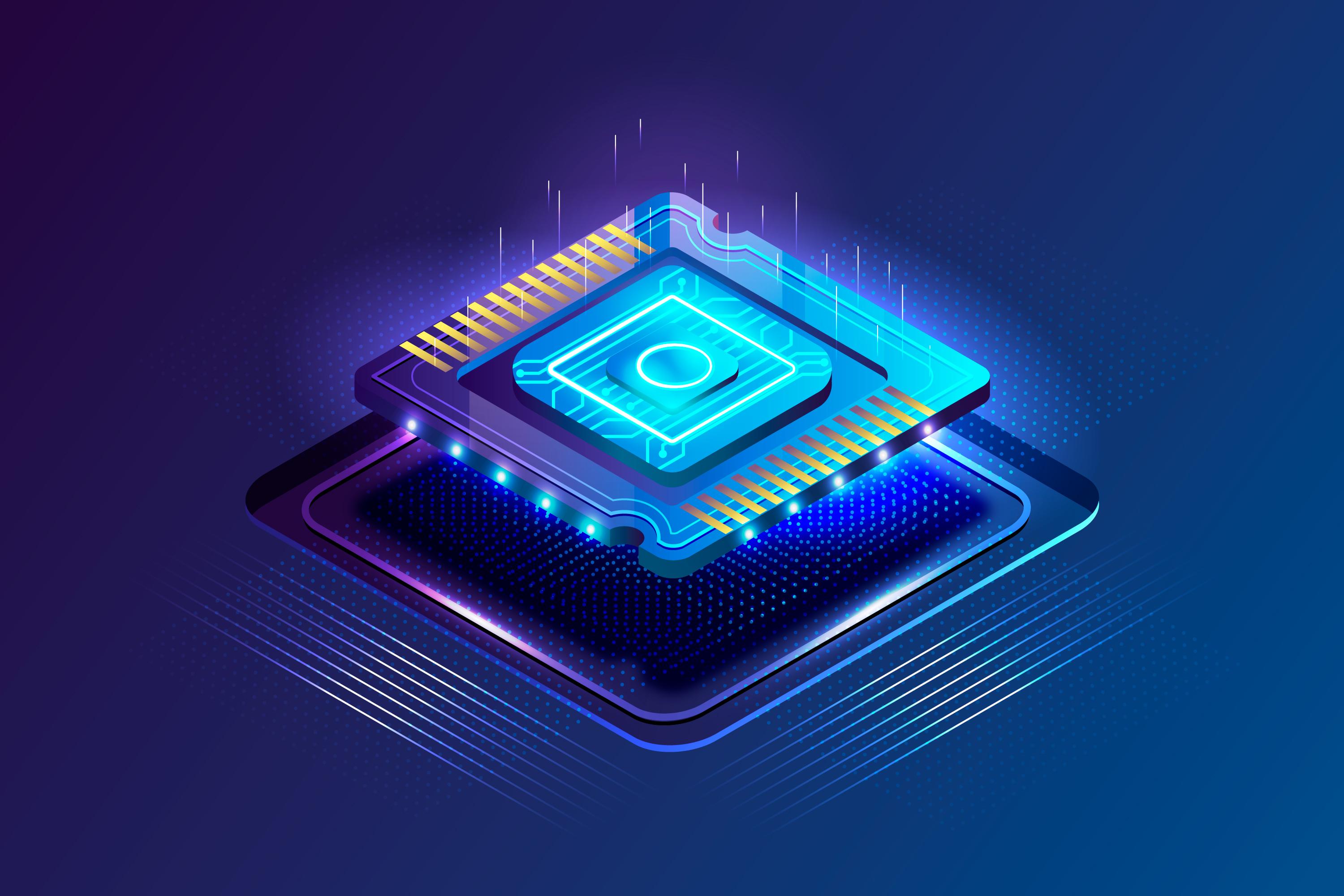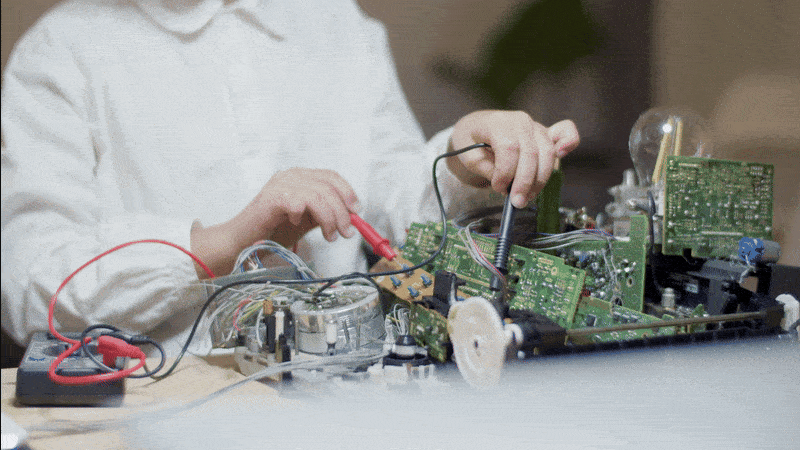Introduction:
In the fast-paced and innovative world of
today's semiconductor industry, technical skills are the linchpin for ECE
graduates seeking to carve a successful career path. As technology advances,
the demand for qualified professionals who can seamlessly integrate theoretical
knowledge with practical expertise grows. From the intricacies of circuit
design to the complexities of semiconductor manufacturing, mastering essential
technical tools is paramount. This article delves into the top 5 technical
tools that not only enhance employability but also bolster the inclusion of
critical technical skills in the resumes of ECE freshers.In the rapidly
evolving landscape of the semiconductor industry, possessing the right technical
skills is paramount for
Electronics and Communication Engineering (ECE) graduates to secure a foothold.
This blog unveils the top 5 technical tools that ECE graduates need to conquer
in order to stand out in today's competitive job market and excel within the intricate
landscape of the semiconductor industry.
CAD Software Tools
These technical skills for ECE graduates
are the key to unlocking promising career opportunities in today's dynamic
technological era.CAD (Computer-Aided Design) software is the backbone of
semiconductor design and development. ECE graduates need to be proficient in
CAD tools specifically tailored for chip design, layout, and verification.
Popular CAD tools like Cadence Virtuoso and Synopsys Design Compiler are
essential for schematic capture, layout design, and logic synthesis.
Having expertise in CAD software not only
demonstrates your familiarity with industry-standard tools but also highlights
your ability to contribute to the design and development stages of
semiconductor products.CAD Software Tools play a pivotal role in the skill set
of Electronics and Communication Engineering (ECE) graduates aiming to thrive
in the semiconductor industry. These tools, such as Cadence Virtuoso and
Synopsys Design Compiler, empower graduates to design, lay out, and verify
semiconductor chips. CAD proficiency demonstrates the ability to contribute
effectively to chip development, ensuring designs meet industry standards. From
schematic capture to layout design, CAD software proficiency showcases a graduate's
capability to navigate the intricate landscape of semiconductor design,
solidifying their position in the competitive field and enabling them to excel
in today's semiconductor industry.
MATLAB and Simulink
MATLAB is a versatile numerical computing environment
that is widely used in various fields, including electronics. ECE graduates can
leverage MATLAB for signal processing, data analysis, and algorithm
development. Additionally, Simulink, an extension of MATLAB, is invaluable for
system-level modeling and simulation.
Proficiency in MATLAB and Simulink showcases
your ability to model and analyze complex systems, which is crucial for various
semiconductor applications, from communications to control systems.In the realm
of electronics, MATLAB and Simulink stand as indispensable tools for ECE
graduates entering the semiconductor industry. MATLAB's versatile
numerical computing capabilities empower engineers to tackle complex signal
processing and algorithm development tasks. Complementing this, Simulink offers
a visual environment for system-level modeling and simulation. Together, they
enable precise analysis, optimization, and validation of semiconductor designs.
Proficiency in MATLAB and Simulink empowers ECE graduates to contribute
effectively to semiconductor innovation, from conceptualization to
implementation. As these tools continue to shape the industry's trajectory,
mastering them is key to excelling in the dynamic semiconductor landscape.
SPICE Simulation Tools
In the fast-paced world of technology, technical
skills for ECE engineers are the bedrock of career success. As Electronics
and Communication Engineering (ECE) graduates embark on their professional
journeys, equipping themselves with the right tools is paramount. In the
semiconductor industry, where innovation thrives and electronic devices drive
our lives, mastering essential technical tools is a non-negotiable
requirement.SPICE (Simulation Program with Integrated Circuit Emphasis) tools
are vital for simulating the behavior of electronic circuits and components.
Tools like LTspice and HSPICE enable ECE graduates to validate and optimize
circuit designs before physical implementation.
Mastery of SPICE simulation tools demonstrates
your capability to predict circuit performance accurately, ensuring that
designs meet specifications and perform as expected.In the realm of
semiconductor design, SPICE simulation tools play a pivotal role. SPICE, short
for Simulation Program with Integrated Circuit Emphasis, empowers Electronics
and Communication Engineering (ECE) graduates to model, analyze, and validate
complex electronic circuits before physical implementation. From verifying
functionality to predicting performance, SPICE tools like LTspice and HSPICE
are essential for ensuring designs meet specifications. Proficiency in SPICE
tools showcases ECE graduates' ability to enhance design precision, optimize
circuit performance, and contribute significantly to the creation of cutting-edge
semiconductor components in today's dynamic industry.
Verilog and VHDL
These technical skills for ECE engineers underscore
their readiness to contribute effectively to the design, development, and
manufacturing of cutting-edge electronic components. Verilog and VHDL are
hardware description languages used for designing digital circuits and systems.
These languages are fundamental for describing the behavior of complex digital
systems, from microprocessors to memory units.
Proficiency in Verilog and VHDL highlights your
ability to work with digital designs, enabling you to contribute to the
creation and testing of semiconductor components and systems.Verilog and VHDL,
hardware description languages, stand as integral tools in the toolkit of
Electronics and Communication Engineering (ECE) graduates aiming for success in
the semiconductor industry. These languages enable ECE professionals to define
and simulate complex digital circuits, microprocessors, and systems. Verilog's
concise syntax and VHDL's comprehensive nature cater to various design needs.
Proficiency in these languages showcases a graduate's ability to contribute to
semiconductor design, helping bridge the gap between hardware and software
realms. In the dynamic semiconductor landscape, mastery of Verilog and VHDL
emerges as a key driver of innovation and career growth.
Semiconductor Manufacturing Tools
In the dynamic semiconductor industry,
possessing the right technical skills for ECE engineers is not just an
advantage, but a necessity.Understanding the manufacturing process is crucial
for ECE graduates entering the semiconductor industry. Familiarity with SEMs
(Scanning Electron Microscopes), EDX (Energy-Dispersive X-ray Spectroscopy),
and Ellipsometers used for material characterization and quality control is
beneficial.
Knowledge of semiconductor manufacturing tools
underscores your comprehension of the entire lifecycle of semiconductor
products, making you a valuable asset to the industry.
Effectively Showcasing Technical Skills on a
Resume
When applying for positions in the semiconductor
industry, it's essential to effectively showcase your technical skills on your
resume. Here's how to do it:
Create a Technical Skills Section:Dedicate a section to
your technical skills on your resume. This makes it easy for recruiters to
quickly identify your proficiency.
Tailor to the Job: Customize your technical skills based on the job description.
Highlight skills that align with the specific role you're applying for.
Provide Examples:Instead of merely
listing technical skills, include specific projects or experiences where you
applied these skills effectively.
Use Keywords: Use relevant keywords related to technical skills in your
resume. This can improve your resume's visibility in automated applicant
tracking systems.
Highlight Certifications:If you've undergone
training or certification in any of the mentioned technical tools, make sure to
highlight them on your resume.
Conclusion
Proficiency in CAD software, MATLAB, SPICE
simulation tools, Verilog, and semiconductor manufacturing tools equips
graduates to excel. In an environment where innovation is the norm, staying
current with these tools ensures graduates are well-prepared to navigate
challenges and seize opportunities, ultimately carving out a successful path in
the ever-evolving world of semiconductor technology.In the fast-paced and
innovation-driven semiconductor industry, possessing essential technical skills
is paramount for ECE graduates aiming to secure coveted positions. Proficiency
in CAD software, MATLAB, SPICE simulation tools, Verilog, and VHDL demonstrates
their preparedness to navigate intricate challenges. These technical skills
for ECE graduates serve as a solid foundation, enabling them to contribute
effectively to semiconductor design, analysis, and manufacturing. By showcasing
these competencies, ECE graduates position themselves as sought-after
candidates in an industry that demands expertise, adaptability, and a keen
understanding of the ever-evolving technological landscape.

Clock Gating vs Power Gating: Implementation, RTL Flow & Verification Guide
Learn how to implement clock gating and power gating with RTL design steps, backend changes, UPF flow, and a full verification checklist for efficient low-power VLSI design.
_11zon.jpg)
What to Do After Engineering? Why VLSIFIRST Leads Chip Design Careers
Discover why VLSIFIRST is becoming the top choice for engineering graduates pursuing VLSI and semiconductor careers. Explore job roles, growth, and industry-ready training benefits.

VLSI Career Roadmap for Engineering Graduates: Step-by-Step Guide
A complete VLSI career roadmap for engineering graduates. Learn skills, domains, tools, and steps to become a successful semiconductor engineer in the chip design industry.

Title: Top VLSI Career Paths for 2026 Graduates and Best Semiconductor Companies in India
Meta Description: Explore the top VLSI career options for 2026 engineering graduates and discover India’s best semiconductor companies for high-paying jobs. Learn about roles, skills, and top recruites

Why VLSI Engineers Must Care About Side-Channel Attacks, Secure Design, Verification, and Hardware Mitigation
Learn why VLSI engineers must prioritize side-channel attacks, secure design, verification, and mitigation to build trustworthy, resilient, and future-ready hardware systems.
Hours
Copyright 2025 © VLSI Technologies Private Limited
Designed and developed by KandraDigitalCopyright 2025 © VLSI Technologies Private Limited
Designed, Developed & Marketing by KandraDigital
